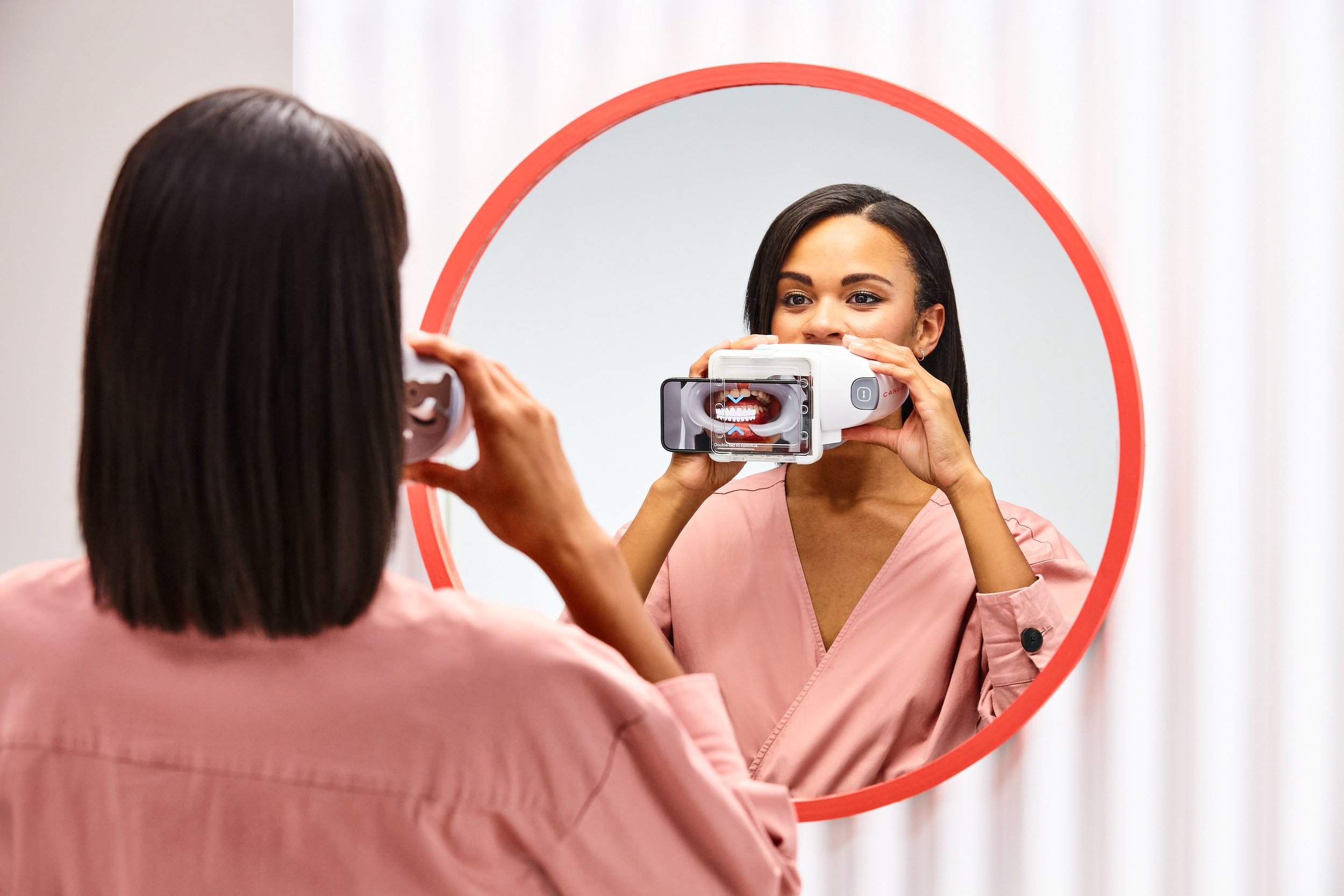CANDID, NICK GREENFIELD: The Perfect Smile
~65-75% of the global population suffer from malocclusion or misaligned teeth, yet, each year only 15 million people seek orthodontic treatment. For the vast majority of people, even in high-income countries like the US, most orthodontic treatment options are price prohibitive. Candid addresses this problem, reducing the price of orthodontic treatment with plastic aligners and a tech-forward platform.
We had the pleasure of speaking with Candid Co-Founder Nick Greenfield on his launch into entrepreneurship, and ultimately, what led him to found Candid.
Nick Greenfield did not expect to become an entrepreneur. Raised in the DC area amidst the nation's political scene, he expected to go into diplomacy or politics. While pursuing his undergraduate degree at Stanford, the Financial Crisis struck. Nick witnessed as seemingly overnight the student body shifted from pursuing consulting and banking careers to tech and entrepreneurship - and Stanford transformed into the engineering powerhouse that it is today. He pursued a couple of internships at startups before beginning his first full-time role in 2011 at a startup called Zimride, which would go on to become the mega-ride sharing app - Lyft.
“This was foundationally the most important moment that helped inspire me to want to start a company”.
At Zimride, Nick, “experienced what it was [to build] a business from scratch”. As one of the first four employees, he helped to launch the app in 8 new markets. Outside of work he saw the technology ecosystem begin to build around him. At the time, he lived with some of the founding members of Snapchat, and often would have Snapchat company parties at this house. Inspired, he knew that he wanted to start a company. In college, Nick had explored starting two companies - a peanut butter company and a taco truck in Spain that sold baseball caps. By the time he started Candid, he had grown his list of ideas to nearly 50.
The Aha Moment
While he was full of ideas, he was hesitant to invest all of his discretionary income into just one - which one would he choose? The tipping point was when a friend came to him with an idea that would eventually become Candid. Nick’s ‘aha’ moment came in early 2017 when he discovered that the product (printed plastic teeth aligners) cost only a couple hundred to make, yet retailed to customers at $6000. Nick comments, I thought,” there's got to be a better way to do this. It was the real ‘aha’ moment for me.” Nick began to dig into the space to understand the costs, the treatment modality, and why it was so expensive.
“In terms of - this is the business we are supposed to be in - we've had a number of kind of breakthroughs...It took us a couple of years to figure out our voice and why we actually mattered in the world.”
Candid officially launched in 2017 as an orthodontist-directed alignment treatment for a malocclusion. The company was founded on the principles of accessibility, affordability, and driving low-cost patient outcomes, underpinned by software and technology. Since its launch, Candid’s core business and target customer group have expanded, as the business’s purpose and core differentiators have narrowed and become more clear.
Candid initially set out targeting brandy-savvy millennials, or the generation born between 1981 and 1996. After some time in the market, Candid shifted focus to a slightly older demographic after realizing that the $1,000 price point was an easier investment to make for those more established in their careers (i.e. older). The company has also expanded to target teenagers, specifically the parents of teens, who are looking for more affordable orthodontic solutions.
“We can tell the story about how great we are, but [a customer saying this] is the next level.”
Business growth and go-to-market strategy have been a learning experience as well. Over time, the team came to realize that the most powerful tool for expansion was the users of the platform themselves. As Nick puts it, “we can tell the story about how great we are, but [a customer saying this] is the next level”. Today, Candid has embedded these learnings and focuses on building the space to enable patients to create content and share their opinions. In addition, they have expanded their distribution channels beyond direct-to-consumer, to orthodontic/dental offices.
Today, Candid differentiates itself via patient care administration and the technology ecosystem that supports this. The company has been thoughtful about the end-to-end patient experience: from onboarding through payments. While a large part of their customer value proposition has been the ability to receive orthodontic services directly from home - patients can complete their initial appointment at home or in one of Candid’s offices - whatever is more convenient and comfortable to them.
On the provider side, Candid offers a robust platform for orthodontists to see and manage their patients. They have built their own internal patient management system (called “tooth tools”), as well as a doctor-patient communication platform. For payments, realizing the complexity and burden of managing payments in the current healthcare system, Candid set up their own virtual Dental Service Organizations (DSOs) across states. DSOs contract with dental offices to administer non-clinical operations and provide business support4. Orthodontists on the platform benefit from the ability to see more patients without the overhead of maintaining their own practice.
“Getting it wrong, so you can get it right is critical. You will consistently fail until you figure it out.”
Any new business is not without its challenges. Candid entered healthcare, a highly regulated and convoluted industry in the US. They were not simply selling a product or “widget”, as Nick puts it, that invoked immediate satisfaction; a deeper understanding of industry dynamics, as well as the patient experience, was required in order to develop a novel product that added value to people’s lives. Though Nick states that there are constant challenges, which serve as learning opportunities to continue to grow and refine the business, he mentions that two key challenges were disentangling this complex system and gaining a deeper understanding of the patient experience. The average duration of Candid treatment is 9 months, so waiting for a complete patient cycle to complete and get feedback on took time.
The Advice
For aspiring (and current) entrepreneurs, Nick recommends the following tips for scaling:
Always perform reference checks, particularly for senior roles. As Nick mentions, “an interview is a snippet in time, there is only so much you can determine,”. You can, “learn a lot from references beyond the interview process.”
Be incredibly aggressive with your network, and ask people for help, but methodical and pointed in your asks. This is key to being able to scale your business.
For reads, Nick recommends The Hard Thing About Hard Things and subscribing to the newsletter Category Pirates, dedicated to helping entrepreneurs better understand how to dominate a space, and make it their own to scale to success.
Since our interview with Nick, Candid launched whitening as a stand-alone treatment in partnership with Phillips in November. Previously, only found in a dentist’s office - the launch marks the first time that Phillips (the #1 requested whitening solution) is offering an at-home option for consumers. Interested in being more confident in that smile (and for the right price)? Checkout Candid.
Photo courtesy of Candid.
Written by Simmone Seymour.






